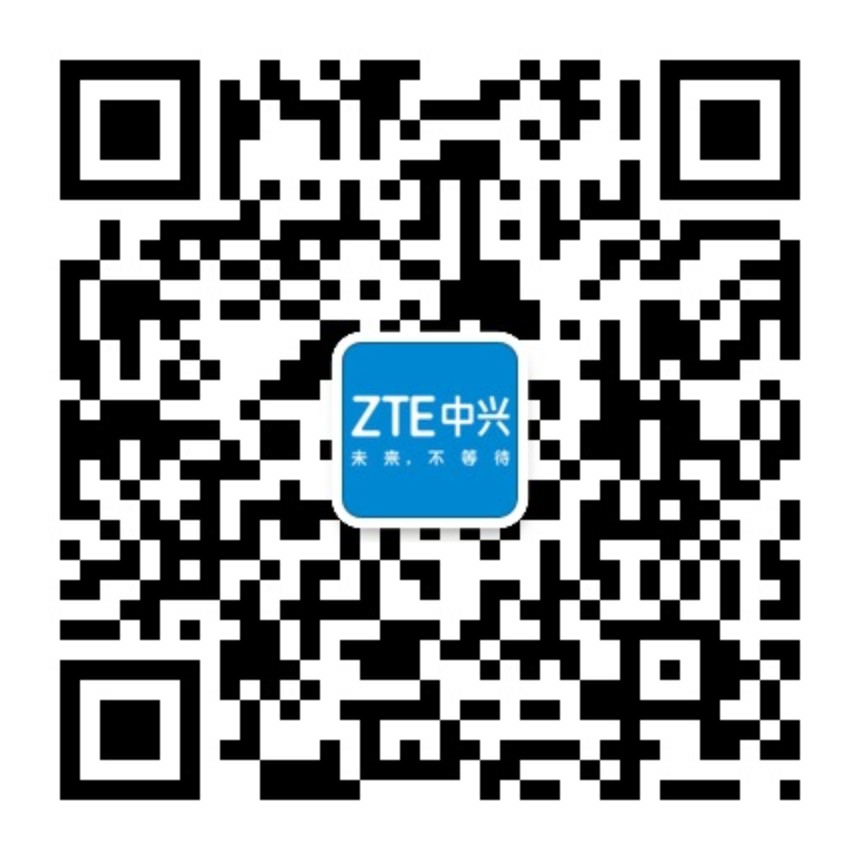6G数字孪生信道的三个使能技术:多模态感知、环境知识和大模型
发布时间:2025-07-16
作者:于力,张建华,蔡逸辰
摘要:未来6G移动通信系统中,智能机器类通信(MTC)将在工业自动化、车联网等场景中发挥关键作用,对通信系统中无线信道建模的精度、实时性与自适应能力提出了前所未有的挑战。数字孪生信道(DTC)作为一种新兴的信道表征范式,能够在数字世界中构建物理信道的高保真映射,为6G系统提供动态环境下的感知、预测与决策支持。为推动DTC从理论概念走向实际应用,进一步提升其多模态数据融合以及多场景泛化能力,本文首次将信道大模型(ChannelLM)引入DTC实现框架,并围绕其核心架构展开关键技术设计与验证。具体而言,DTC架构由多模态环境感知与重构、无线环境知识(WEK),以及可泛化的ChannelLM三大核心技术支撑,分别实现对物理环境的高精度建模、环境-信道关系的可解释性构建,以及基于知识驱动的信道预测与通信策略生成。MTC典型场景的实验结果表明,所提方案在信道预测精度与场景泛化性方面有显著提升,为DTC技术在6G网络中的应用落地提供了有效的支撑路径。
关键词:数字孪生信道;多模态感知;环境重构;信道预测;无线环境知识;信道大模型
Abstract: In future 6G mobile communication systems, intelligent machine-type communication (MTC) will play a pivotal role in scenarios such as industrial automation and vehicular networks, posing unprecedented challenges to the accuracy, real-time performance, and adaptability of wireless channel modeling. As an emerging paradigm for channel representation, the digital twin channel (DTC) enables high-fidelity mapping of physical channels into the digital domain, providing sensing, prediction, and decision-making support for 6G systems in dynamic environments. To promote the transition of DTC from theoretical concept to practical engineering application, and to enhance its multimodal data fusion and cross-scenario generalization capabilities, this work integrates large-scale models into the DTC framework, focusing on the design and implementation of core technologies. Specifically, the DTC architecture is enabled by three key components: multimodal environment sensing and reconstruction, wireless environment knowledge (WEK) construction, and a generalizable channel large model (ChannelLM). These components respectively support high-precision modeling of physical environments, interpretable construction of environment–channel relationships, knowledge-driven channel prediction, and communication strategy generation. Experimental results across typical MTC scenarios demonstrate that the proposed framework achieves high channel prediction accuracy and strong environmental adaptability, offering a viable pathway for the practical deployment of DTC in future 6G networks.
Keywords: digital twin channel; multimodal sensing; environment reconstruction; channel prediction; wireless environment knowledge; channel large model
在线PDF浏览:
PDF
.png)


.png)

